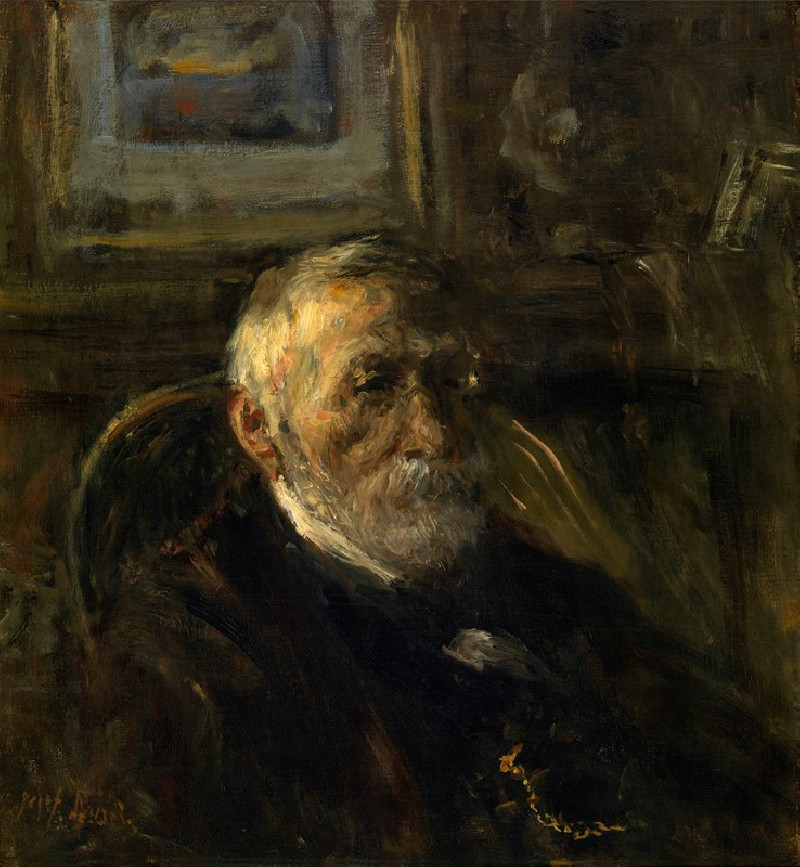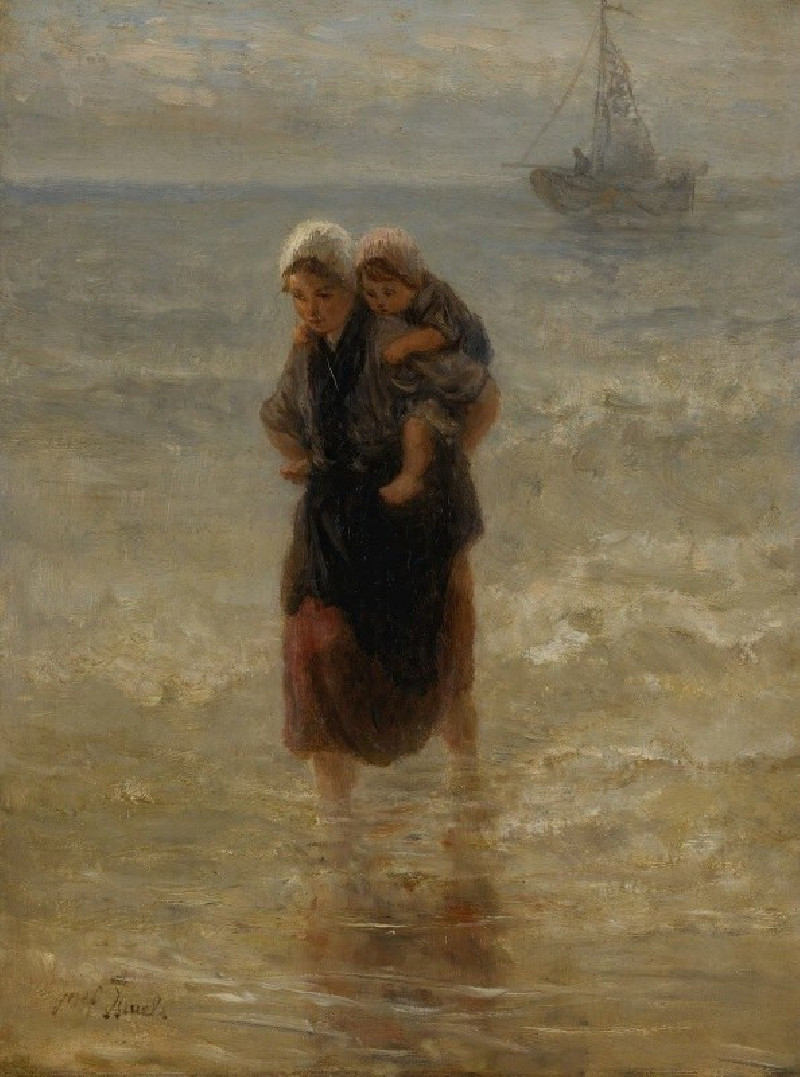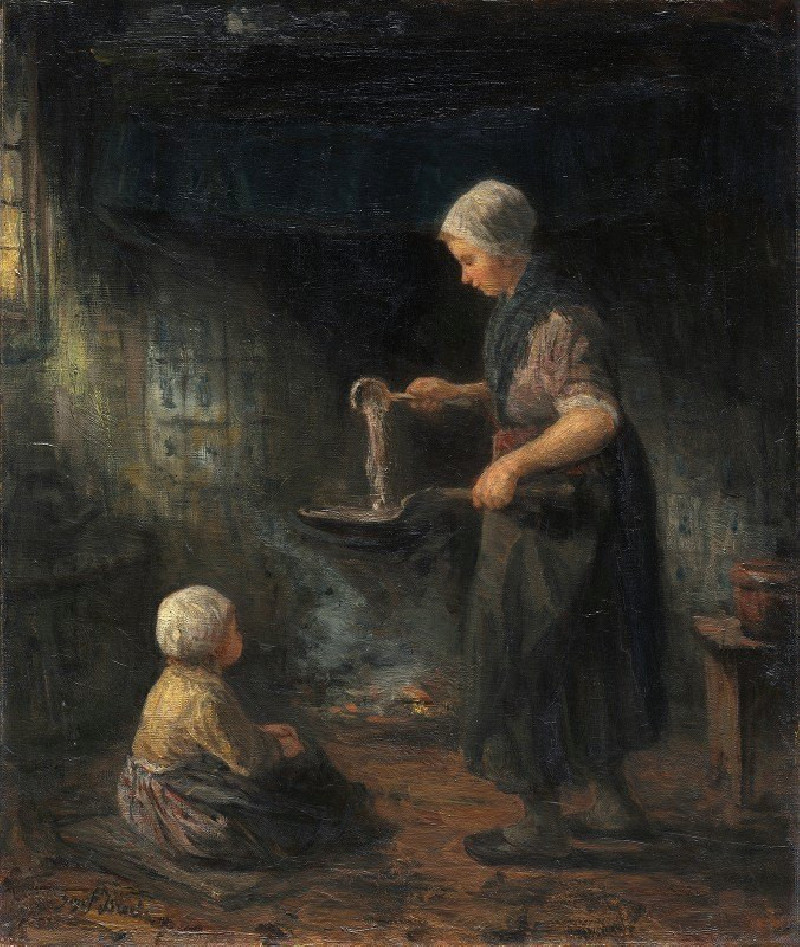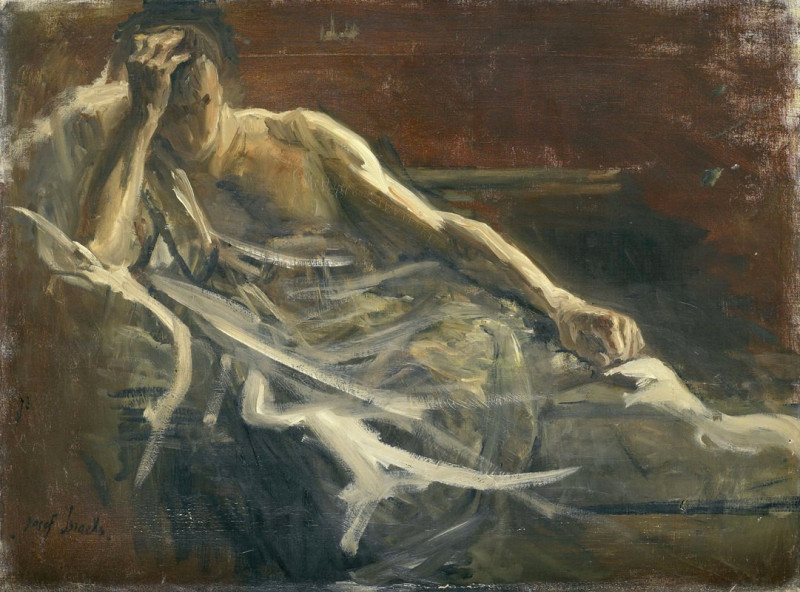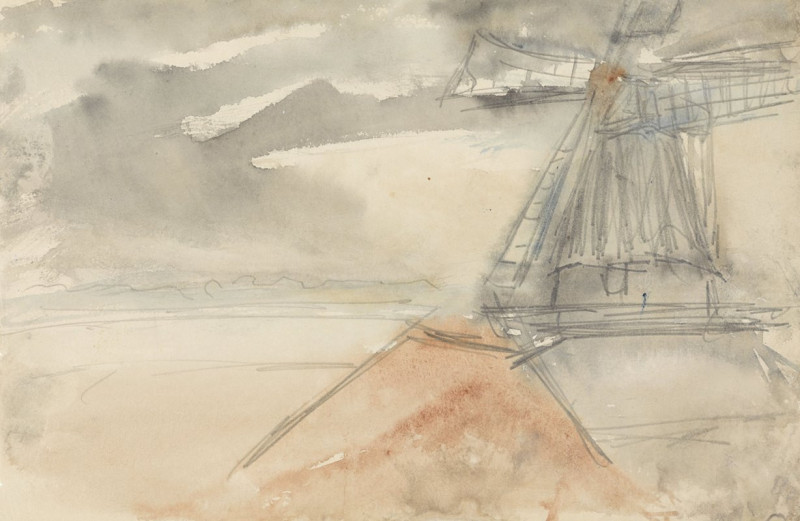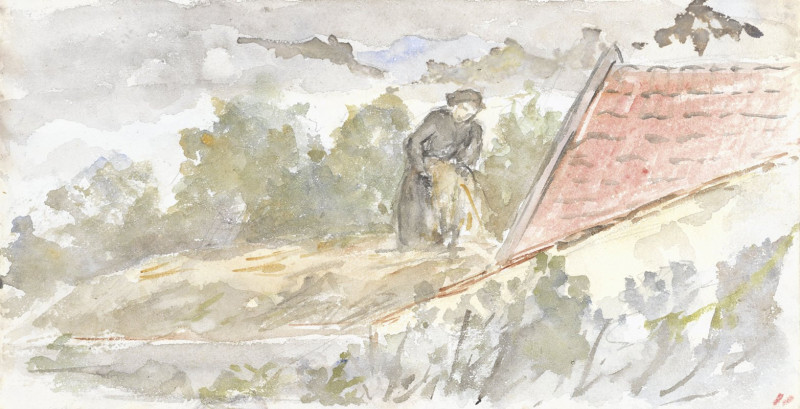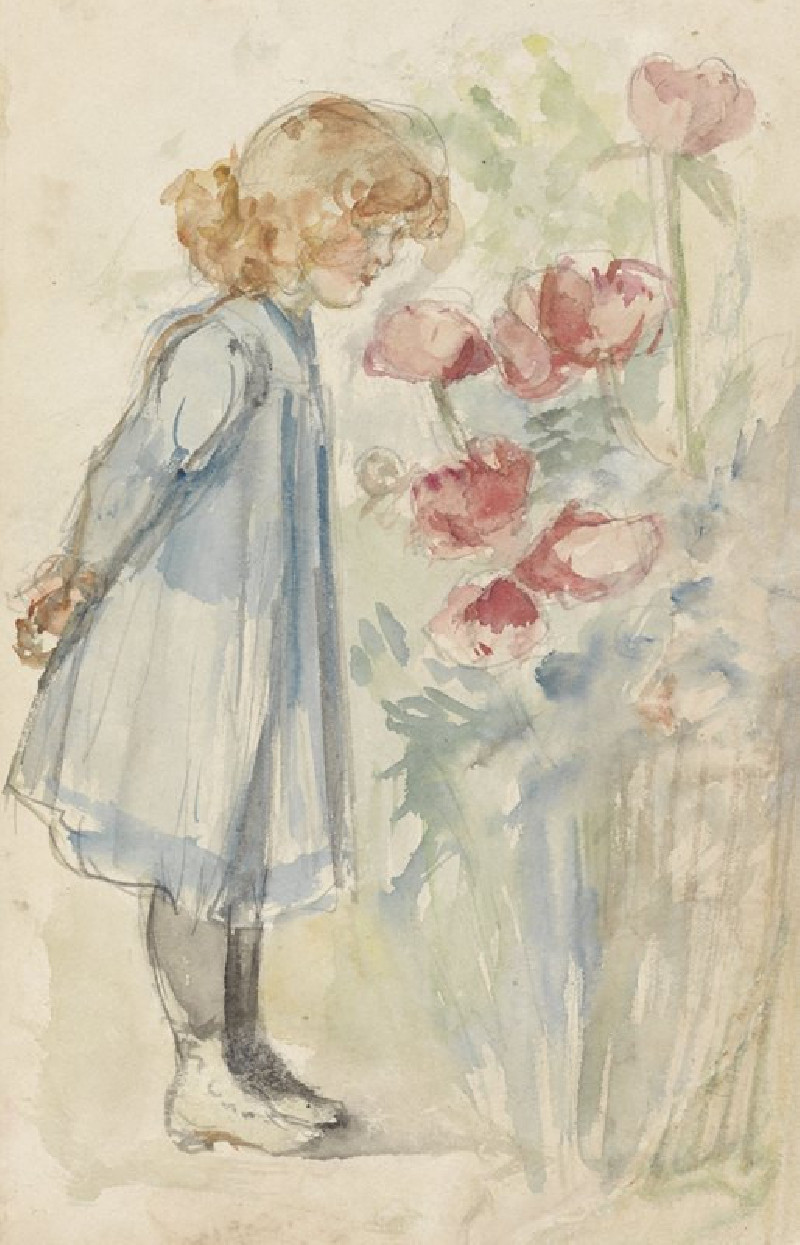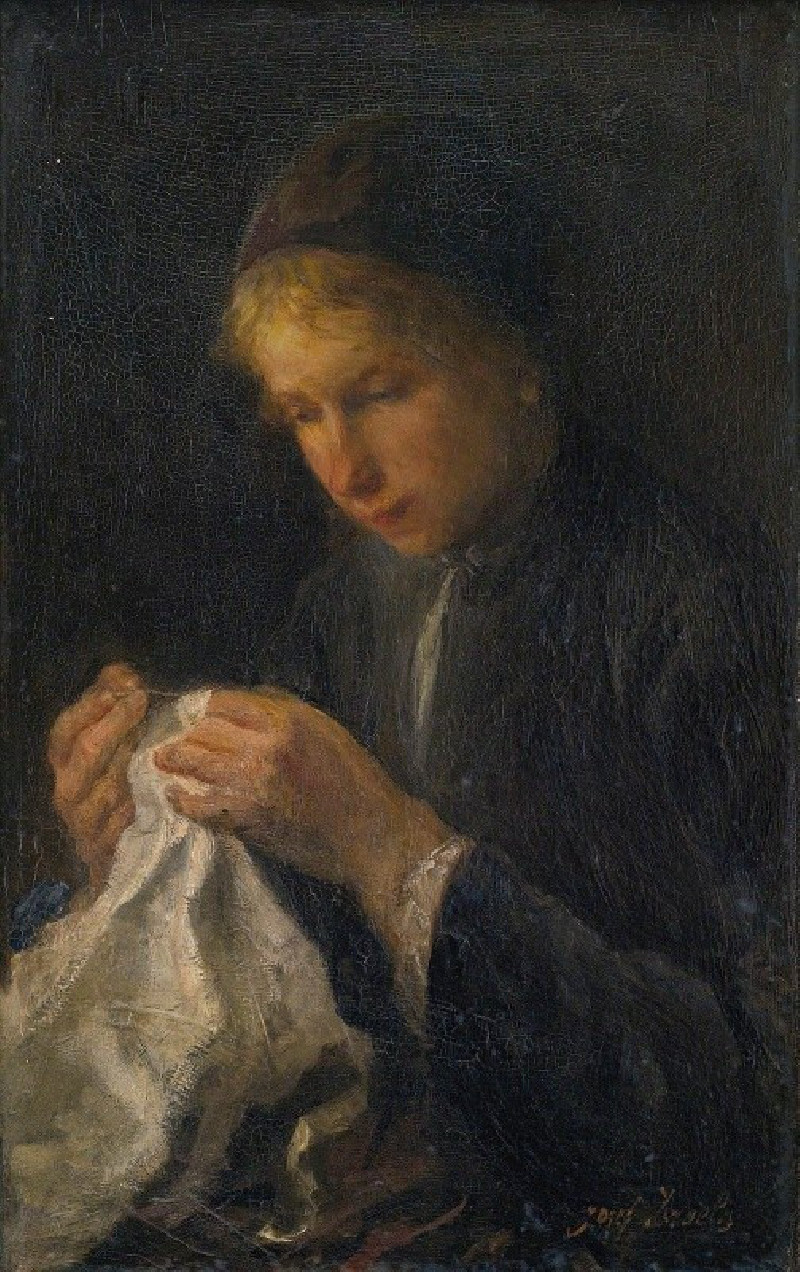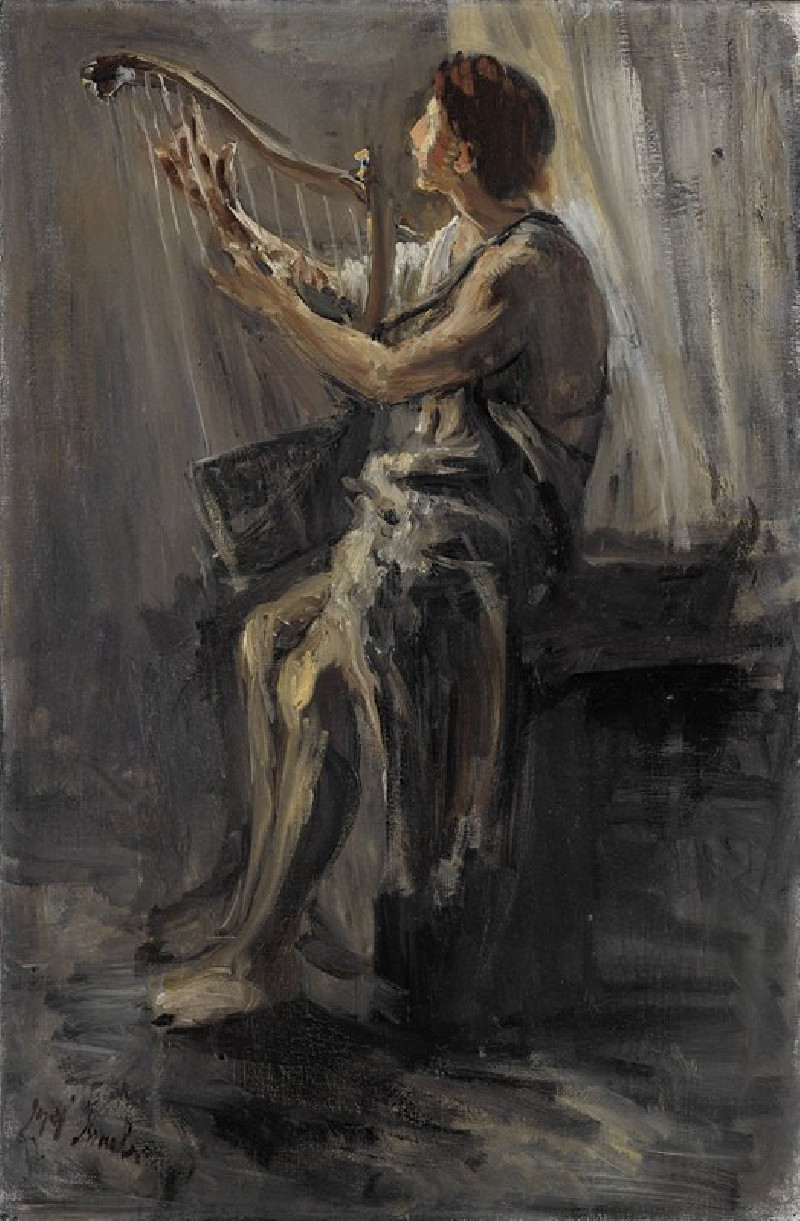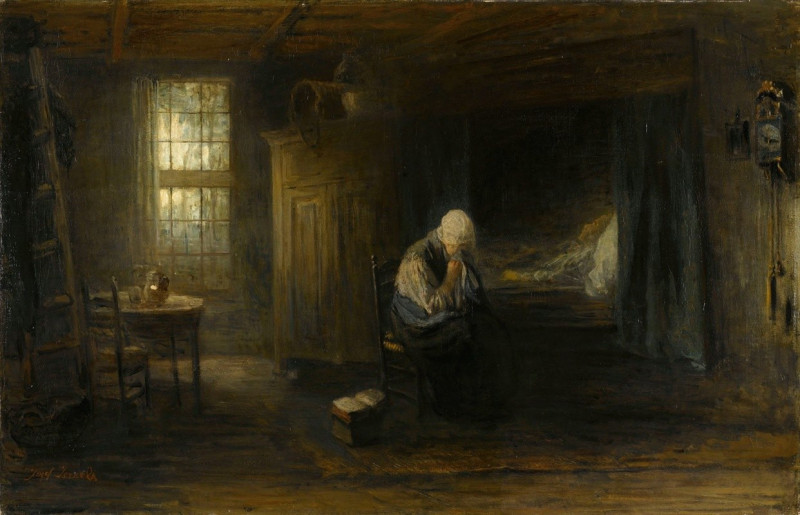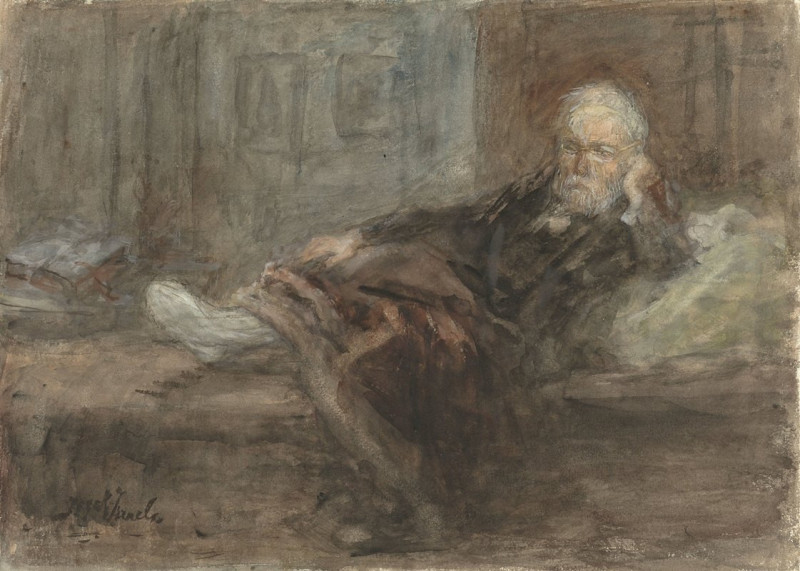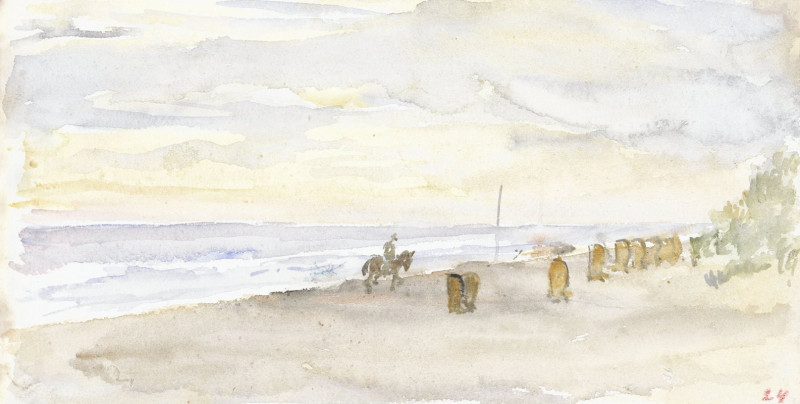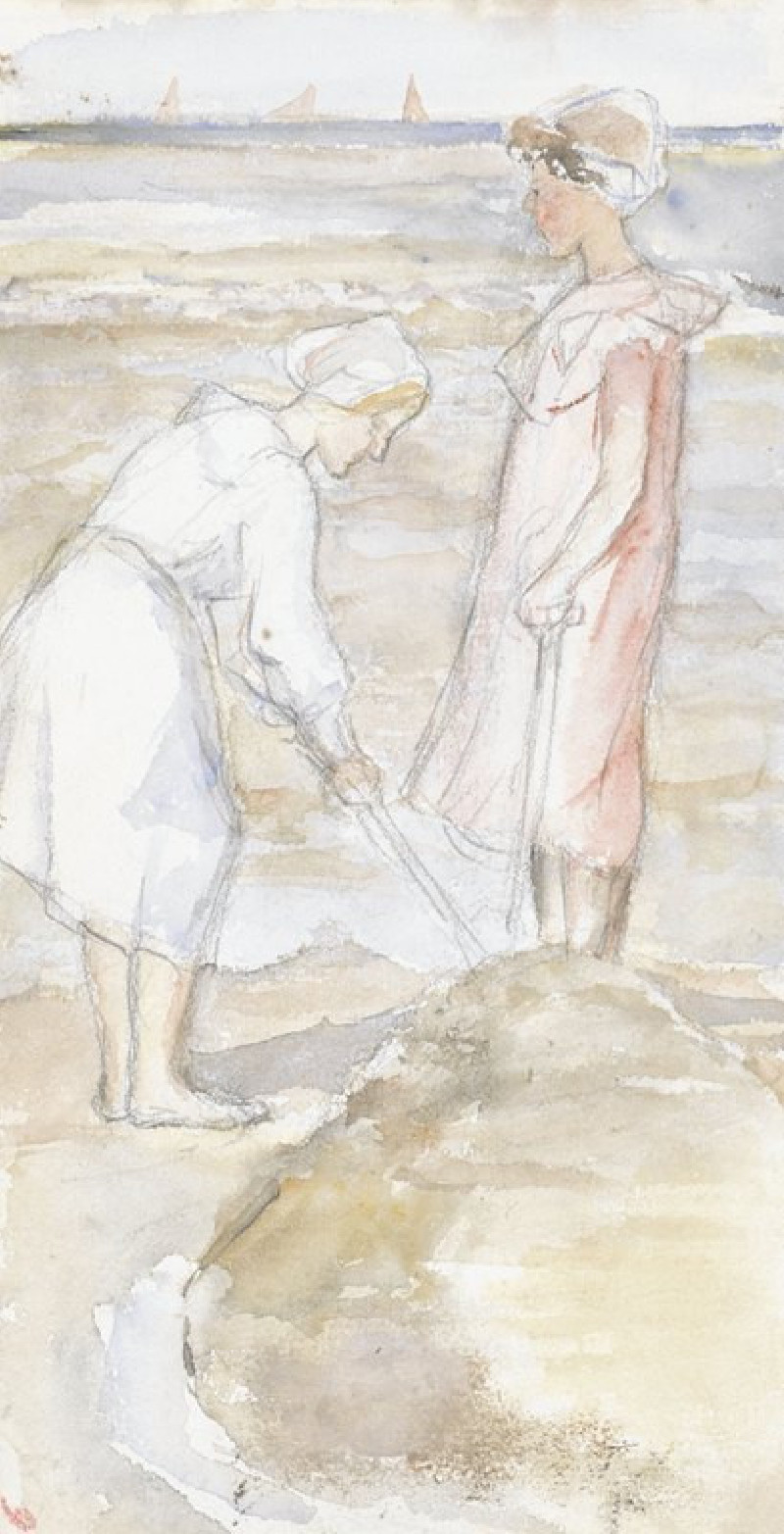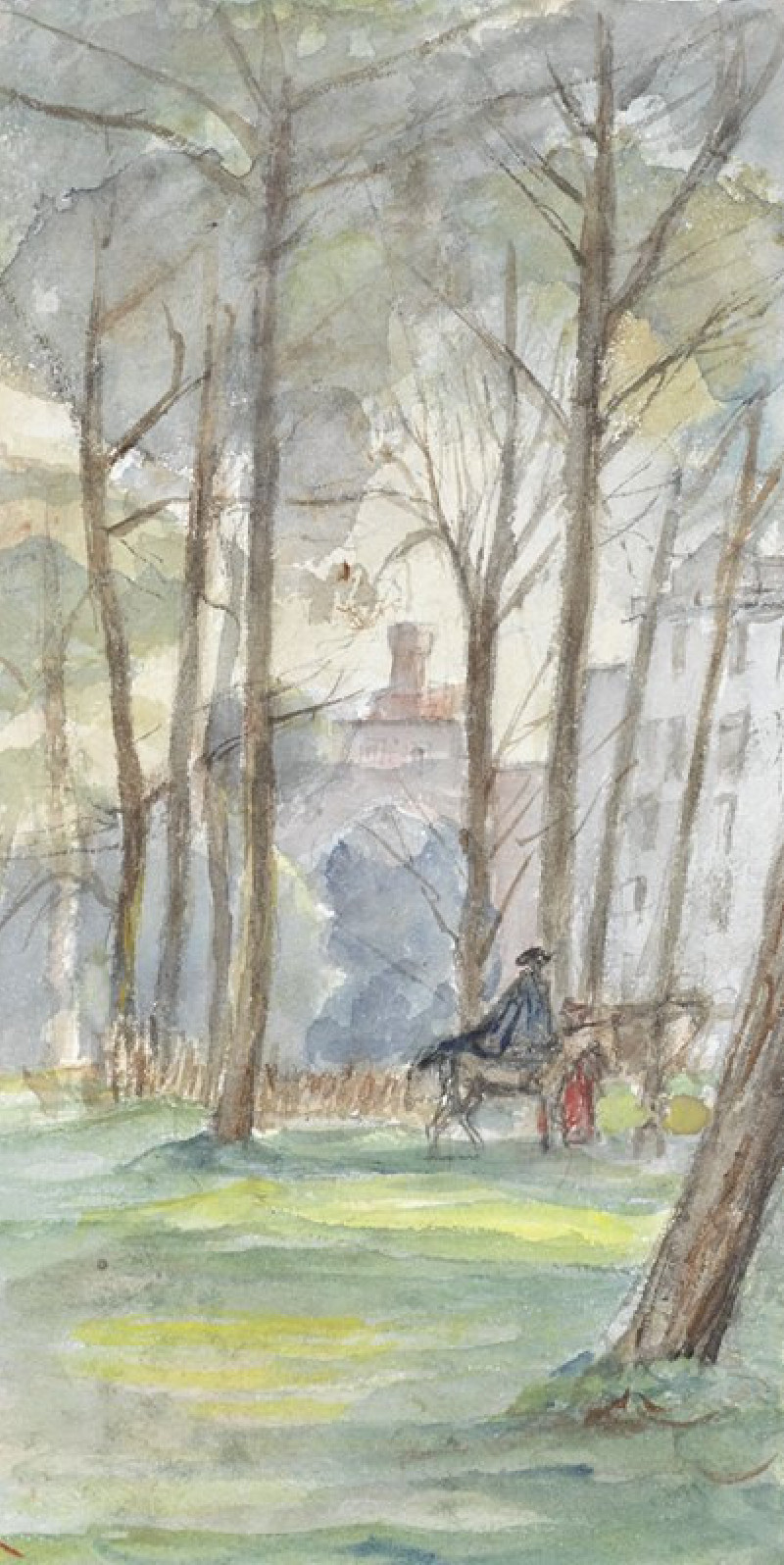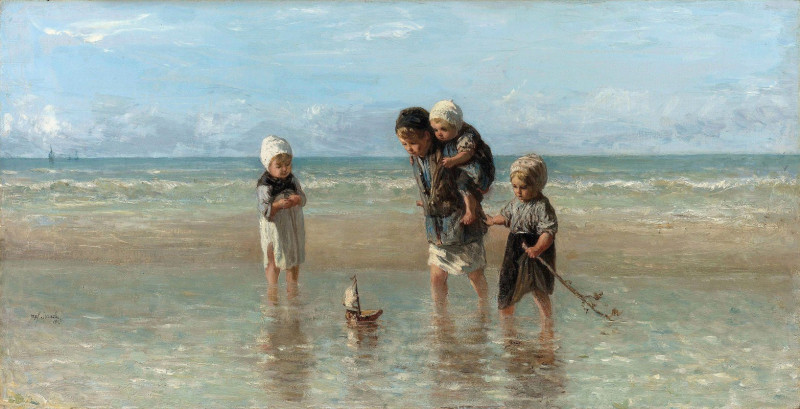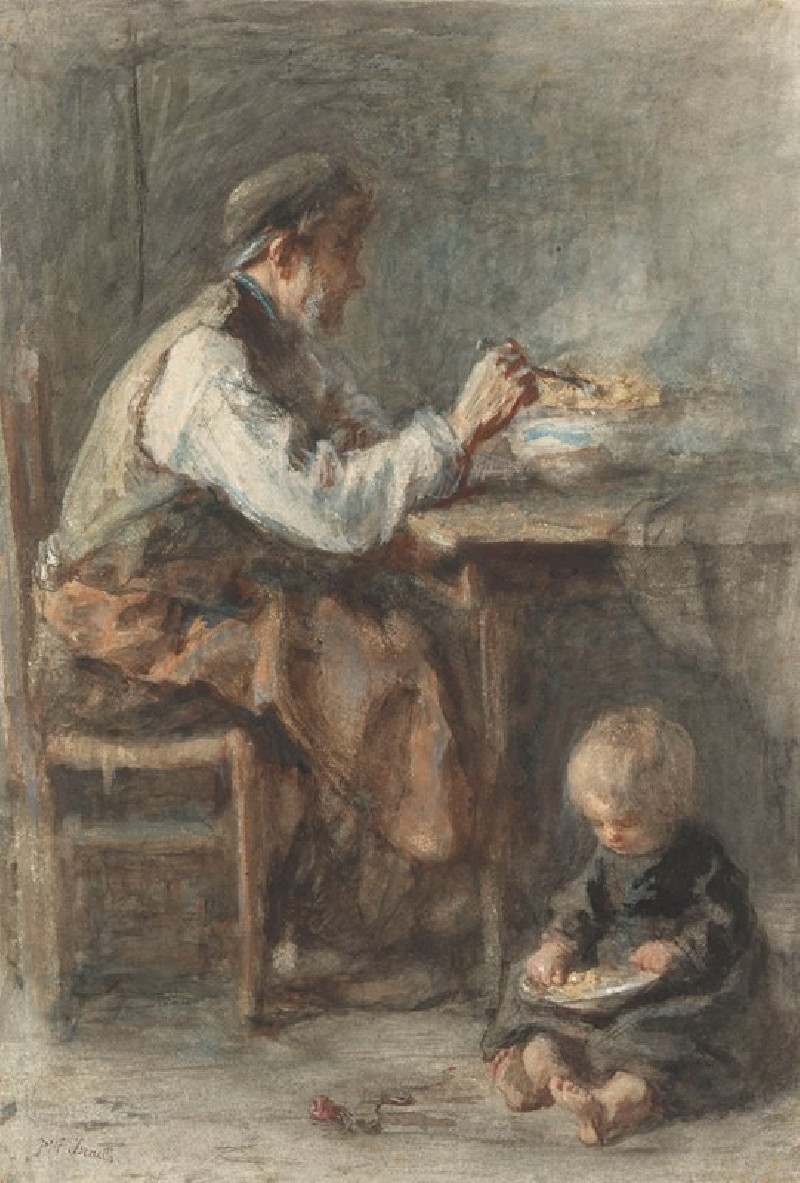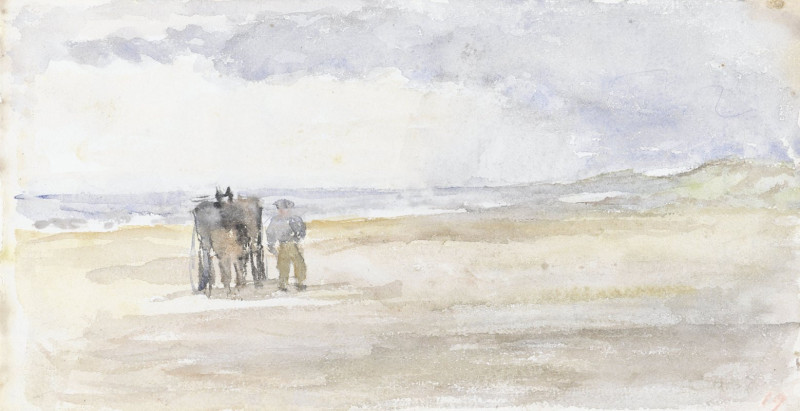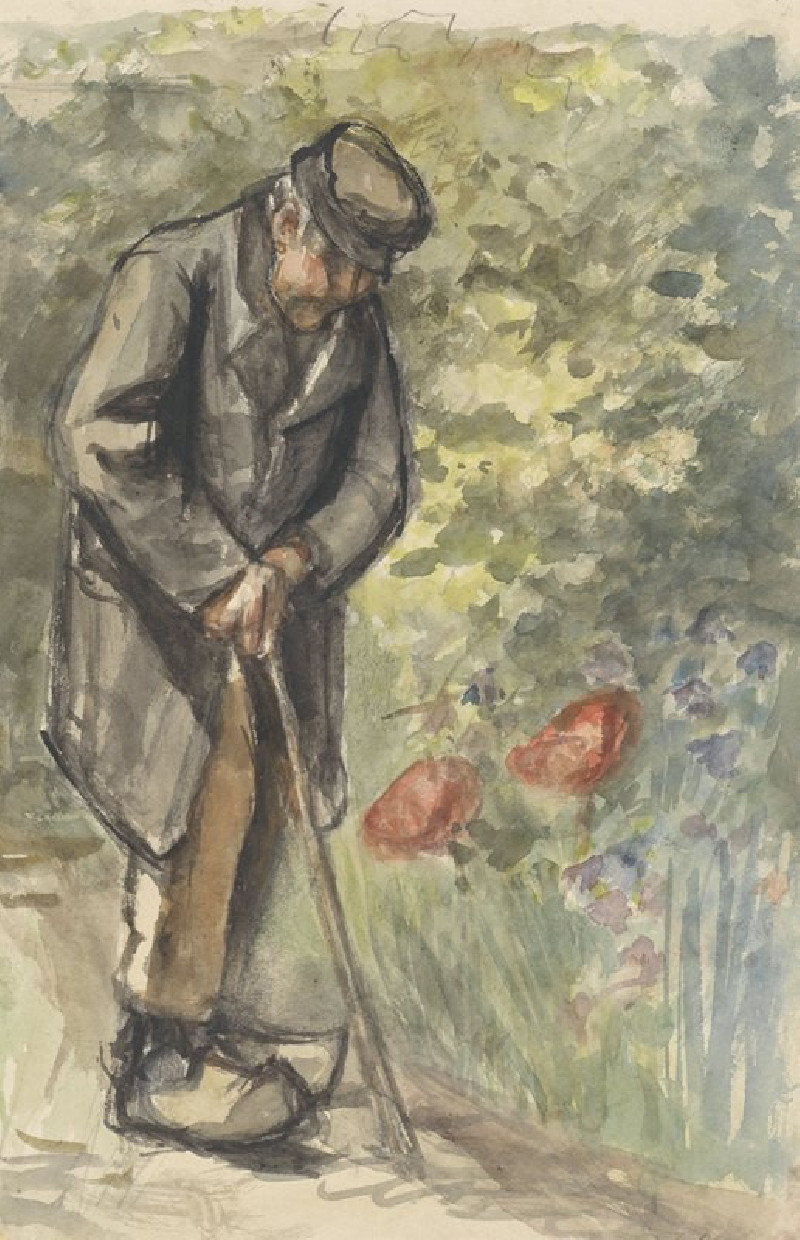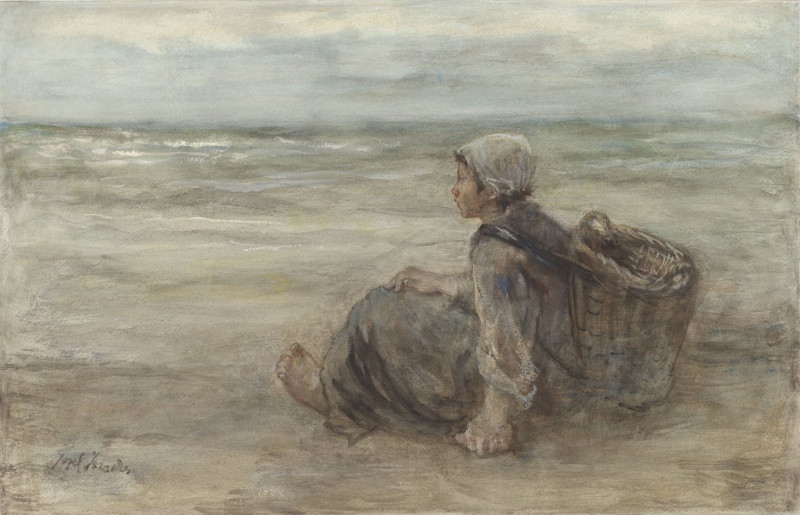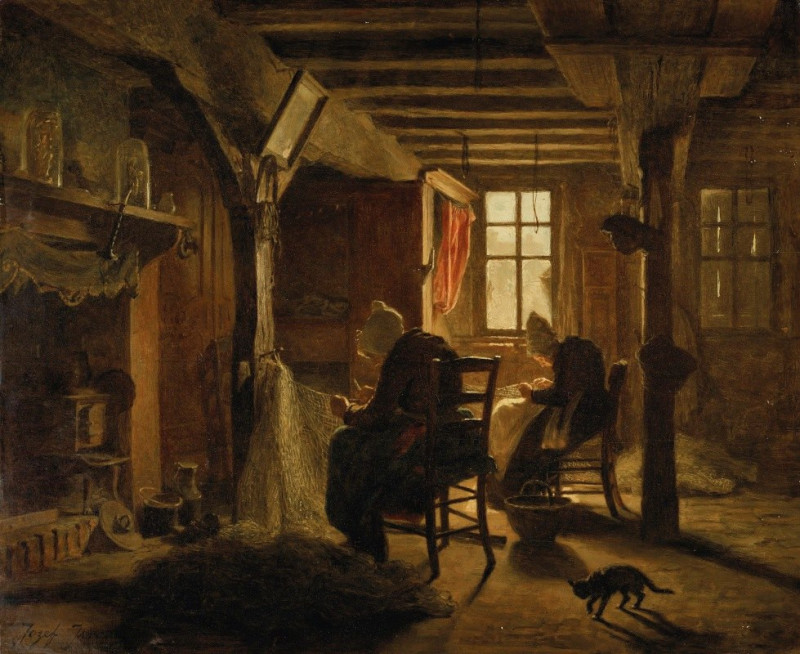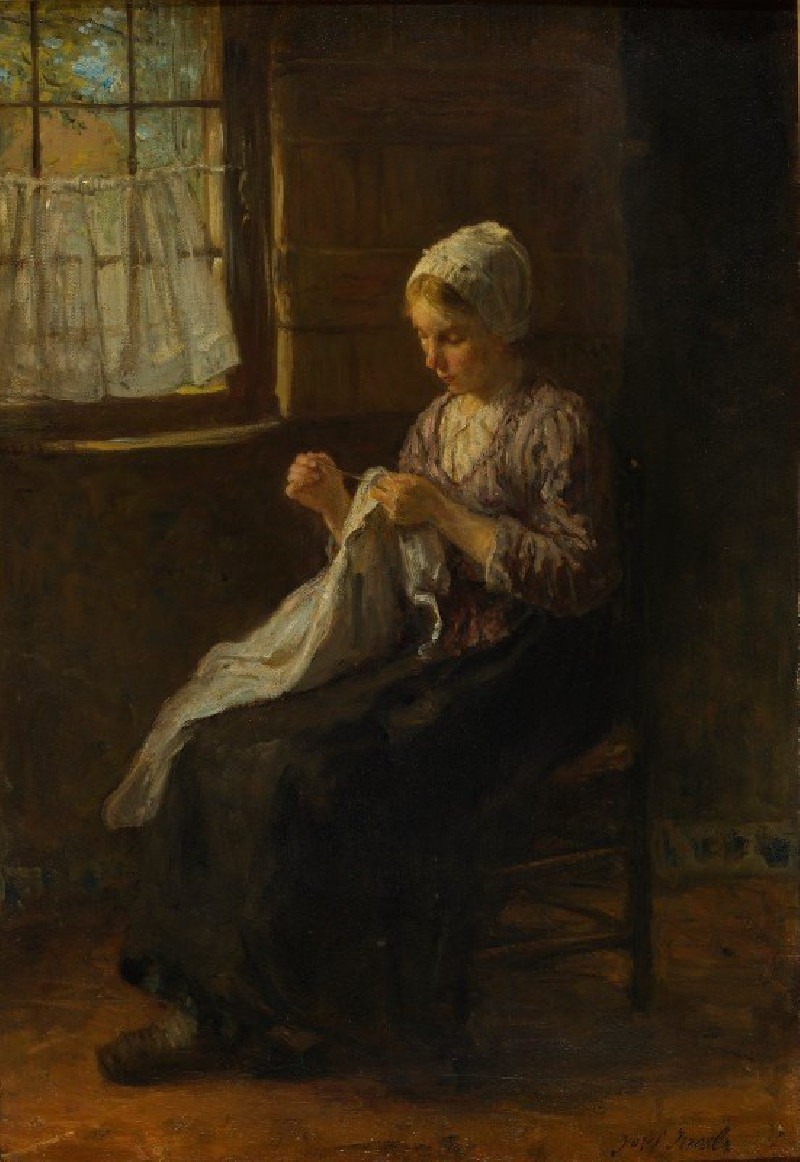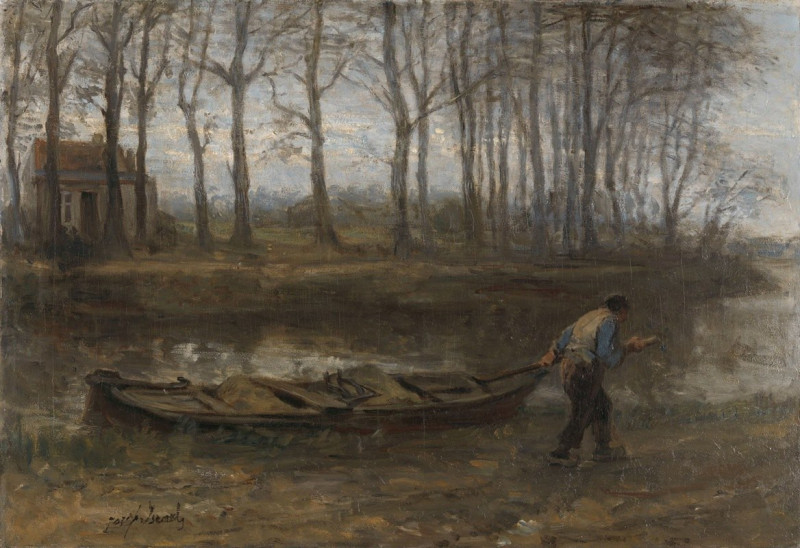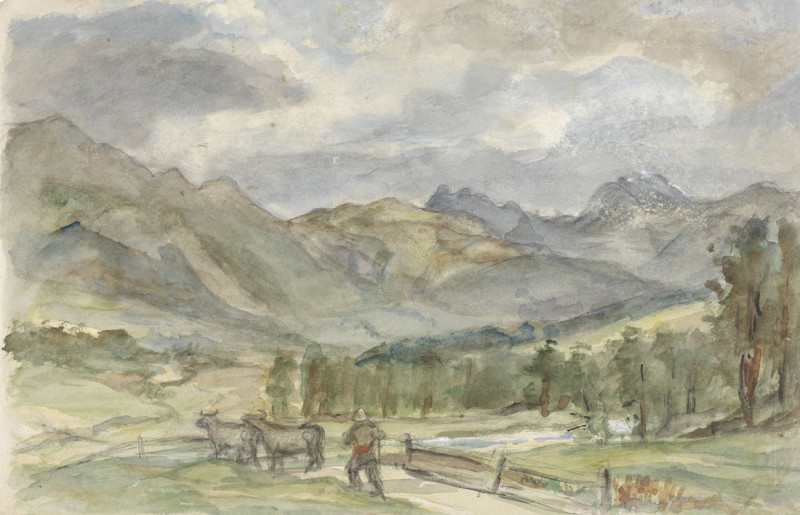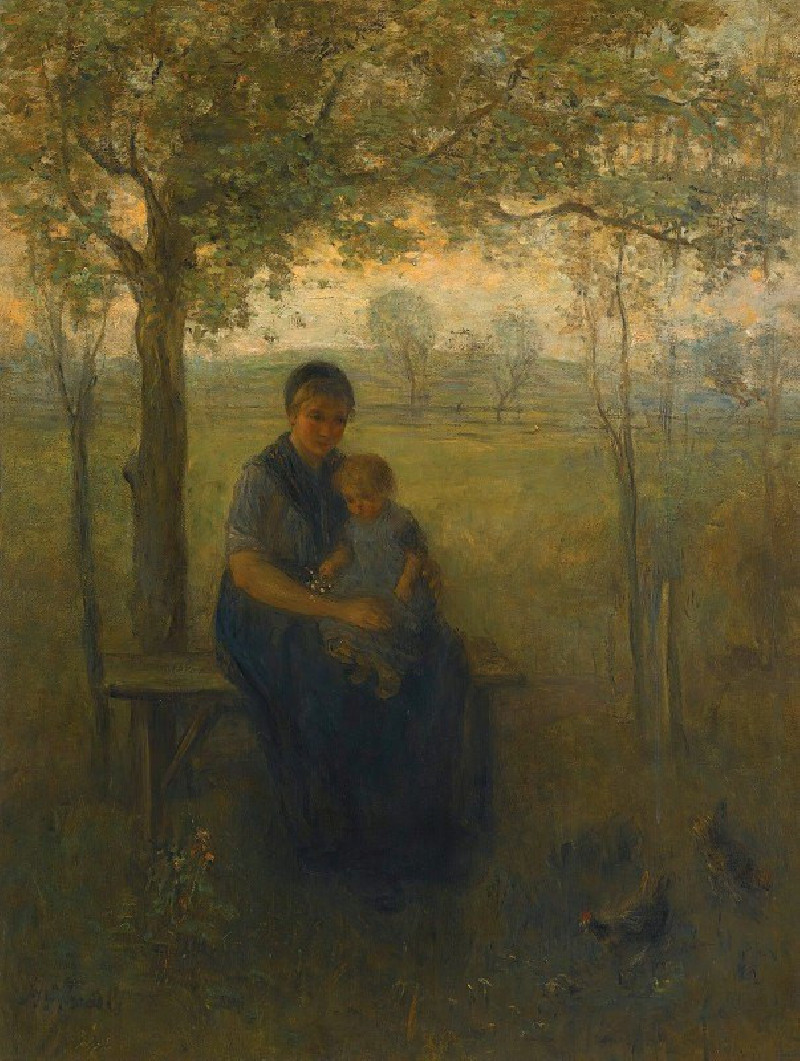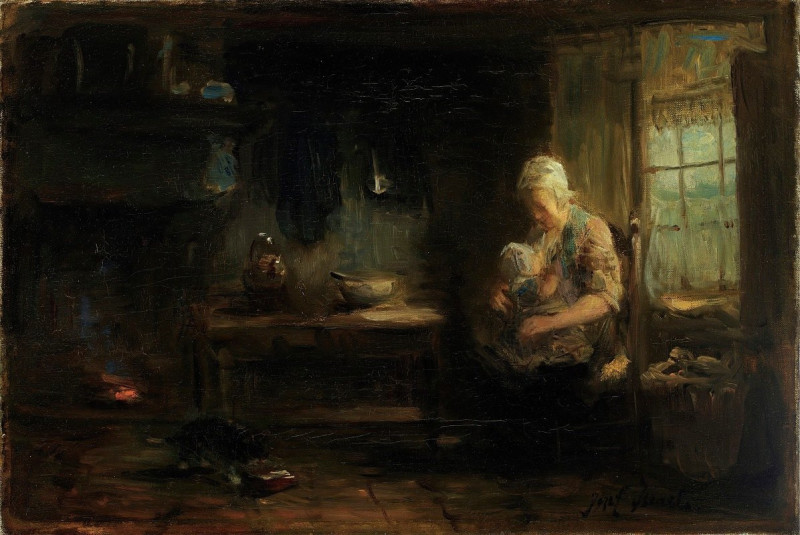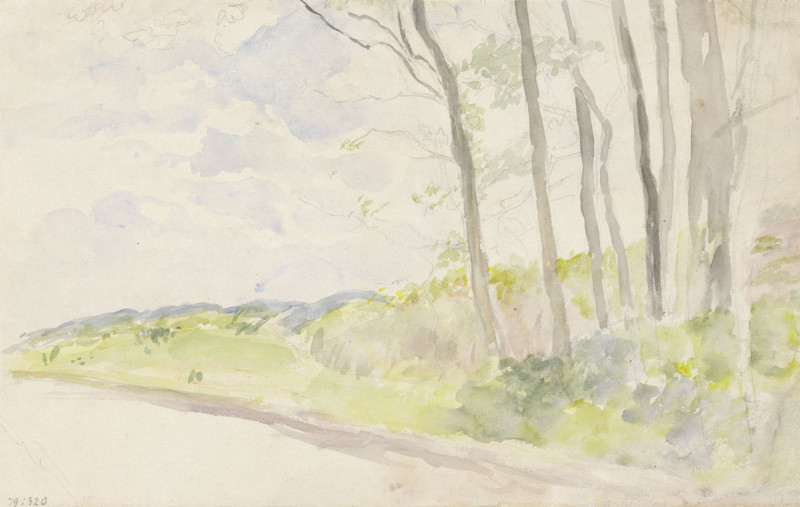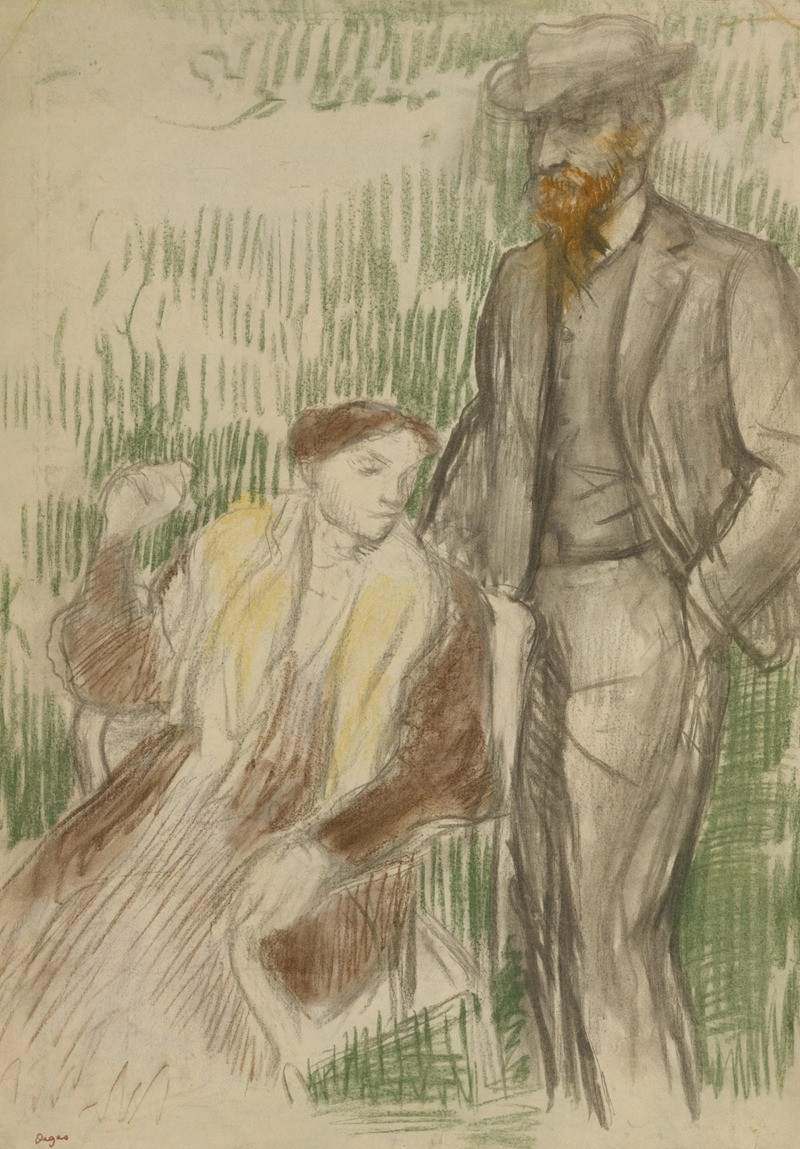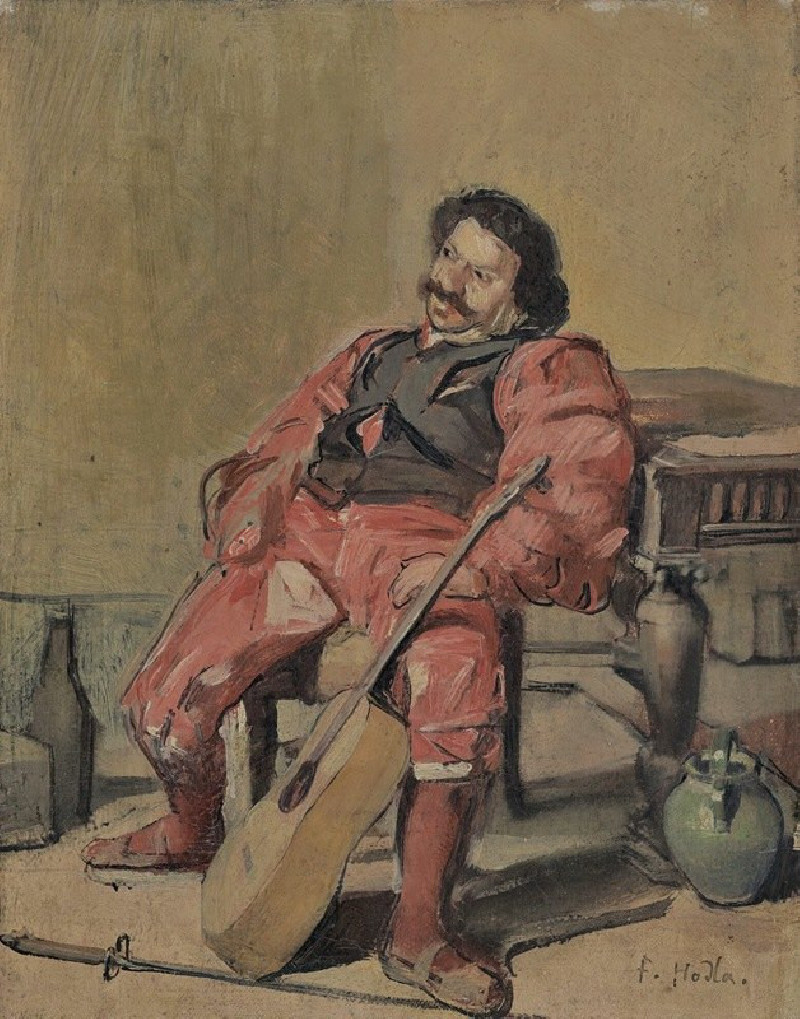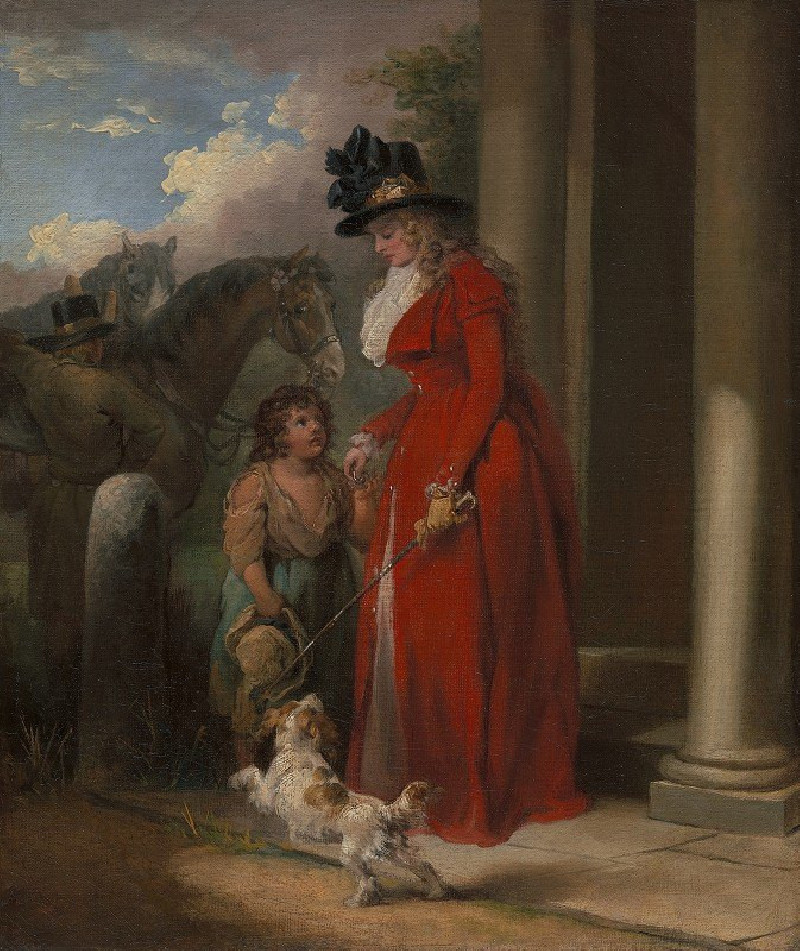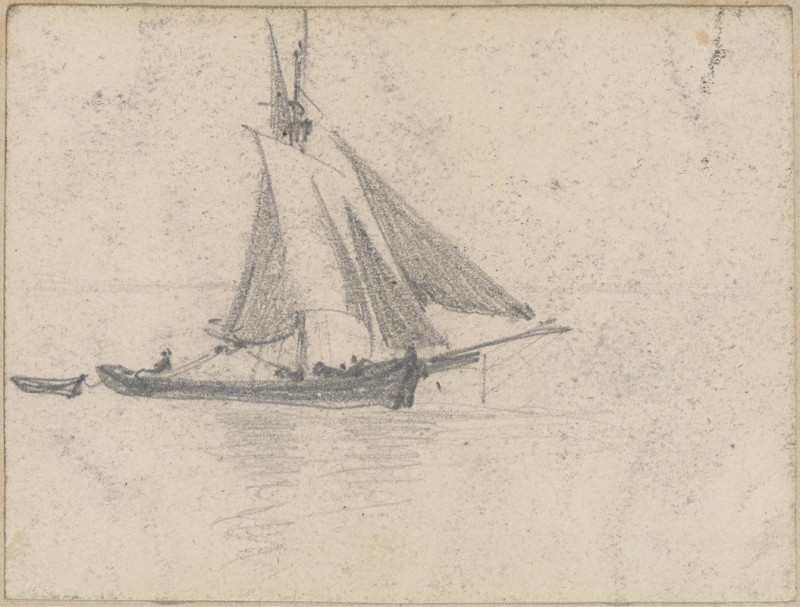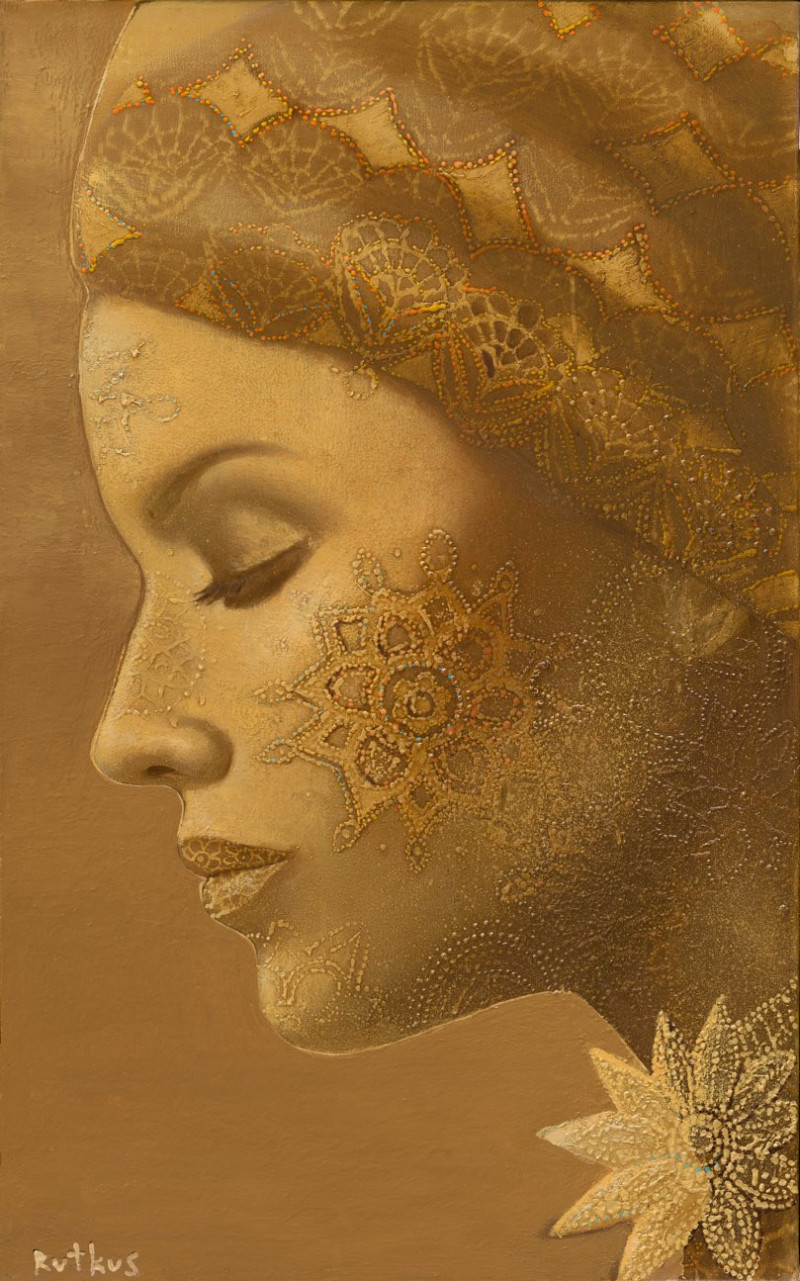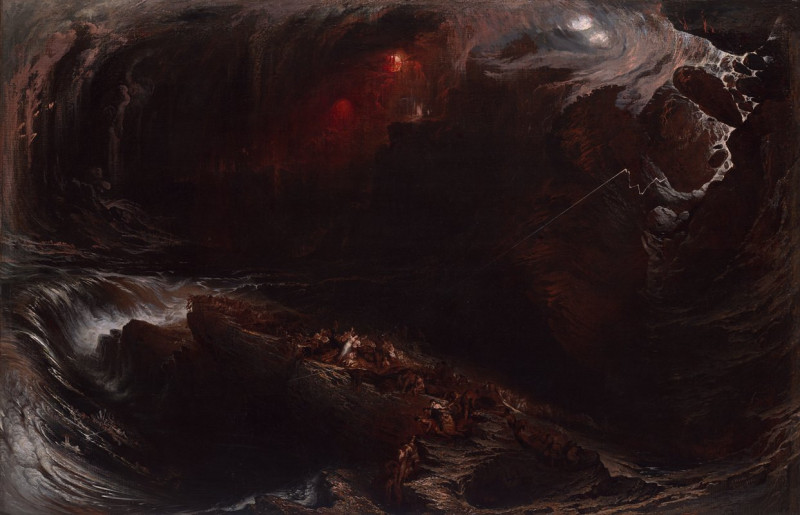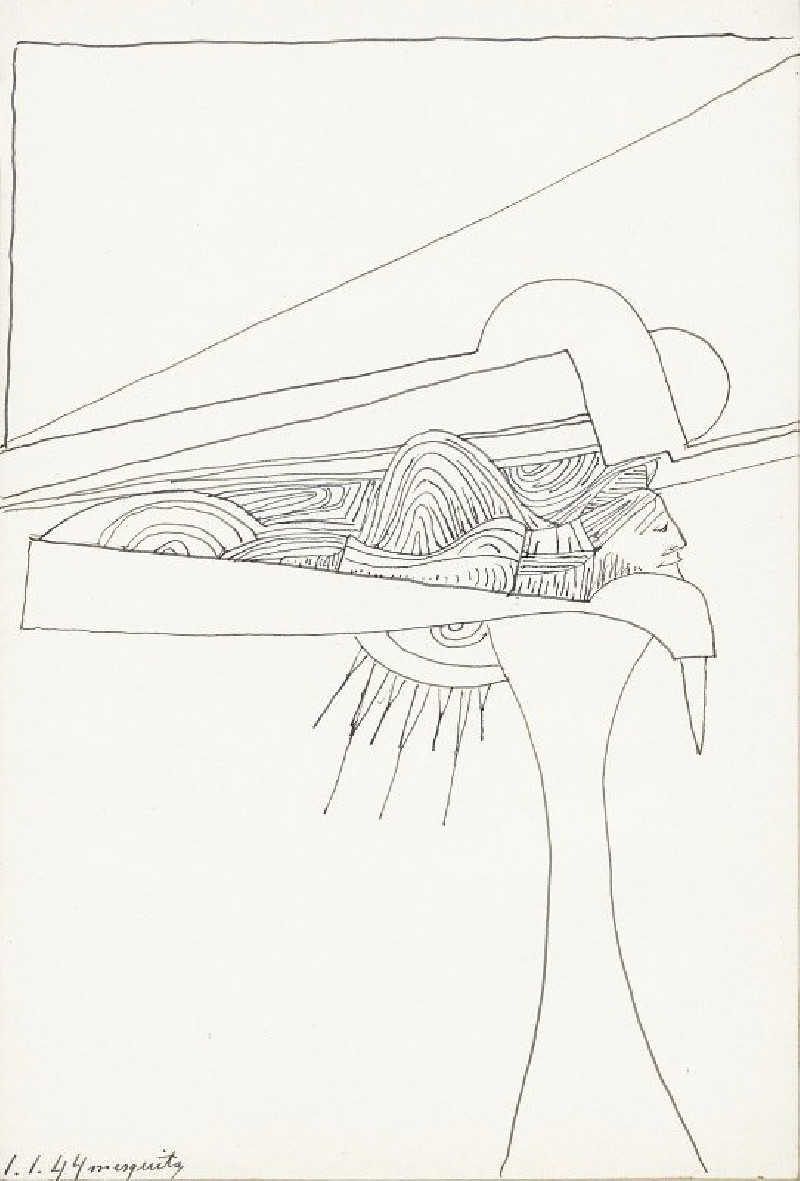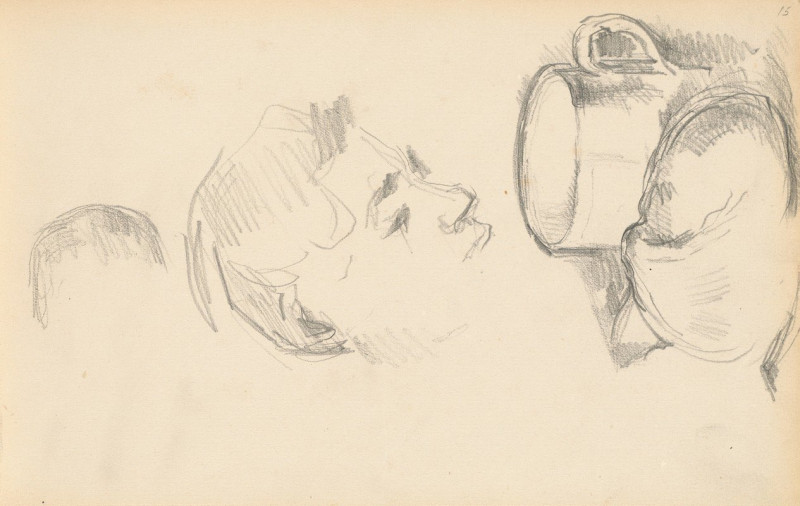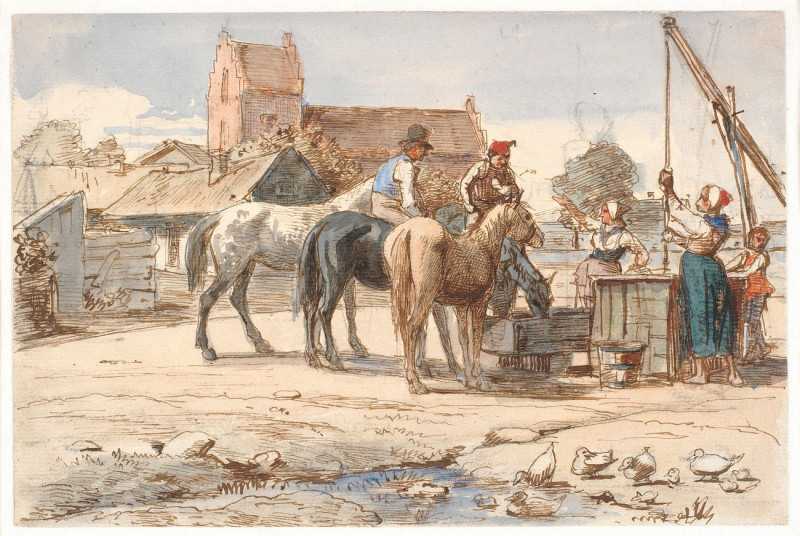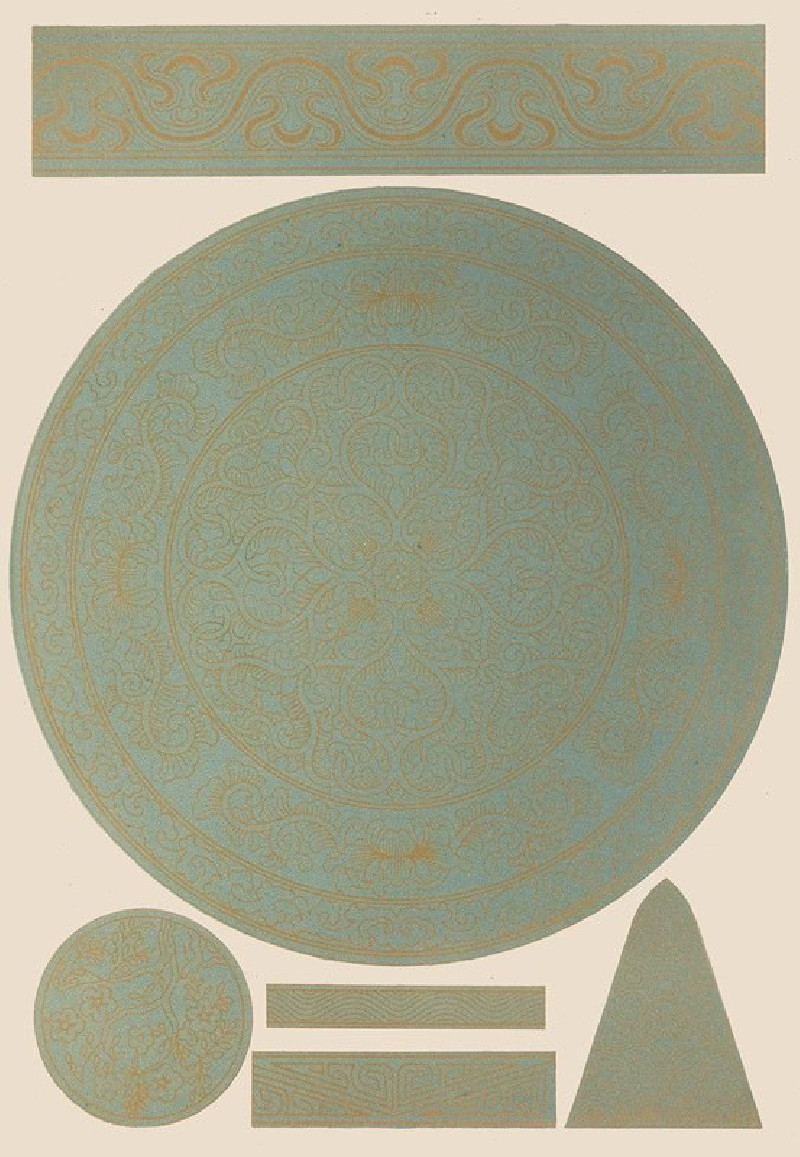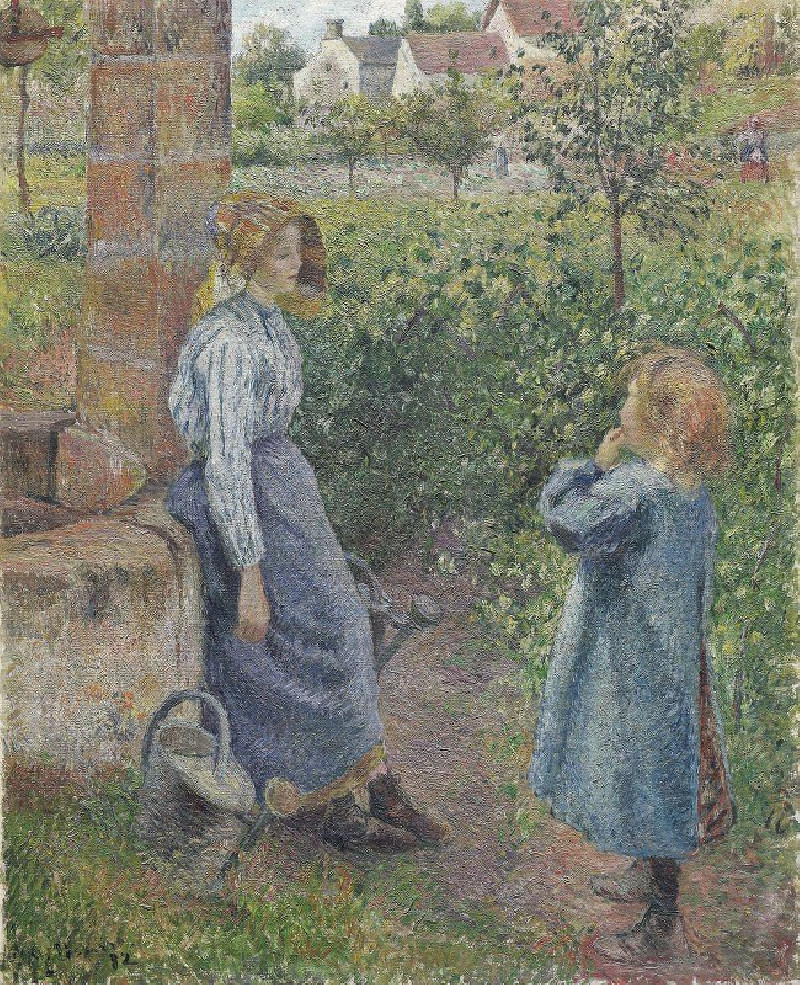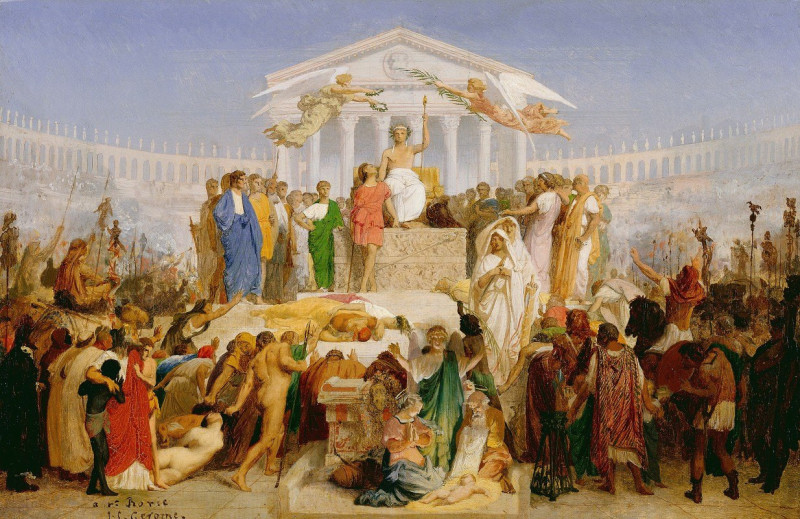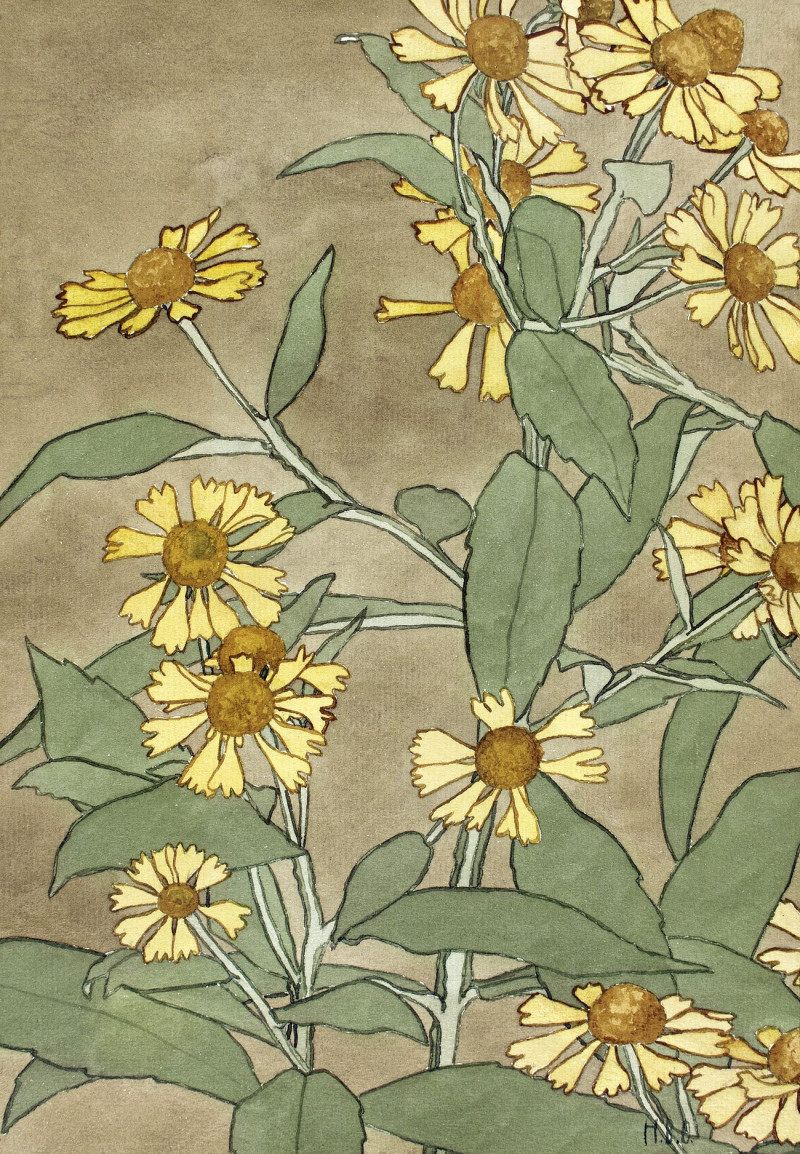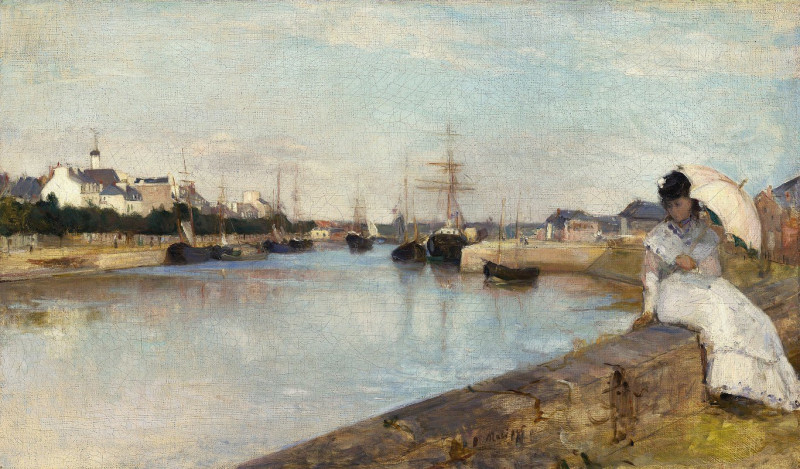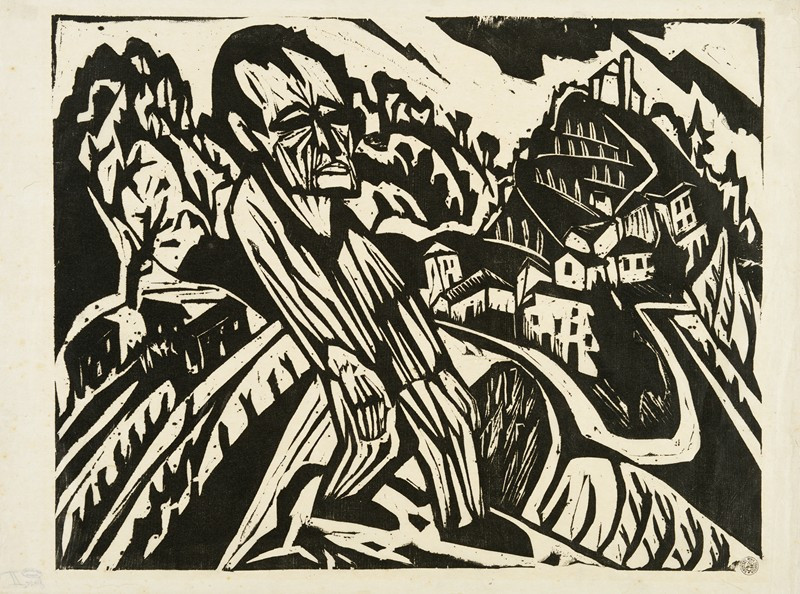Self Portrait (1905)
More about this artwork
Delivery
Reproductions are made to order and take 5 to 7 working days.
We send them out by courier and delivery takes another two working days.
If you need a reproduction sooner, please contact us - we can usually find a solution and produce it a little faster.
If you don't want to pay for postage, you can pick up your paintings at our galleries in Kaunas or Vilnius.
Returns
Yes, reproductions can be returned.
If you have any doubts more than 30 days after the date of purchase, please contact us - we will take the reproduction back for a refund or offer you a replacement!
We accept a maximum of two returns per customer - please note that we make reproductions to order, so please choose responsibly.
We do not refund shipping expenses.
Jozef Israëls was a Dutch painter. He was a leading member of the group of landscape painters referred to as the Hague School and, during his lifetime, "the most respected Dutch artist of the second half of the nineteenth century".
He was born in Groningen, of Jewish parents. His father, Hartog Abraham Israëls, intended for him to be a businessman, and it was only after a determined struggle that he was allowed to embark on an artistic career. He studied initially from 1835 to 1842 at the Minerva Academy in his home town Groningen.

